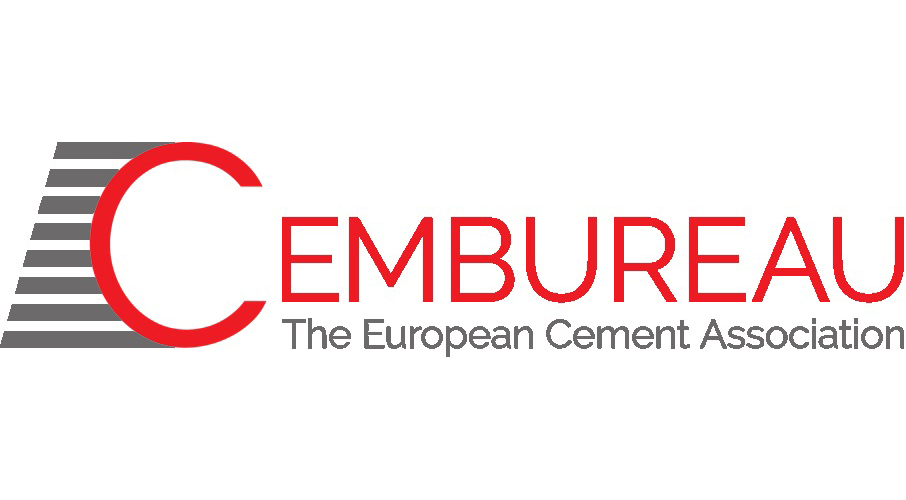
The Roadmap looks at how CO2 emissions can be reduced by acting at each stage of the value chain – clinker, cement, concrete, construction and (re)carbonation – to achieve zero net emissions by 2050.
It quantifies the role of technologies in providing CO2 emissions savings, making concrete political and technical recommendations to support this objective. These technologies include the use of non-recyclable and biomass waste to replace fossil fuels, more energy-efficient kilns, the development of innovative low-clinker cements, the deployment of breakthrough carbon capture and storage/use technologies (CCUS); and optimised concrete mixes and building techniques.
Brussels-based CEMBUREAU says that to achieve the 2050 target, the sector will need decisive political action from the EU in some key areas.
It adds that these areas include the development of a pan-European CO2 transportation and storage network, decisive action on circular economy to support the use of non-recyclable waste and biomass waste in cement production, and ambitious policies to reduce European building's CO2 footprint, based on a life-cycle approach, that incentivise the market uptake of low-carbon cements. Also, CEMBUREAU says the EU should act to enable a level playing field on carbon, provide regulatory certainty and an ambitious industrial transformation agenda.
By 2030, CEMBUREAU says it aspires to be in line with the Paris Agreement's two degrees scenario, reducing CO2 emissions by 30% for cement and 40% down the value chain.










